1109 items found
Page 12 of 12
-
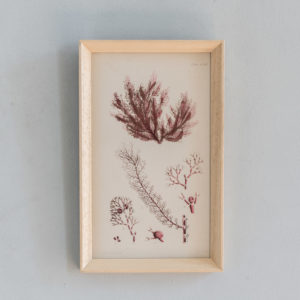
British Seaweeds, by S.O. Gray published c1870,
£75 each -
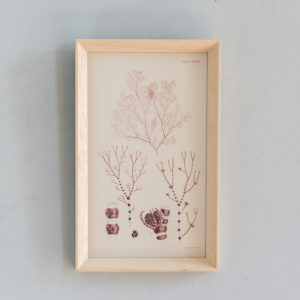
British Seaweeds, by S.O. Gray published c1870,
£75 each -
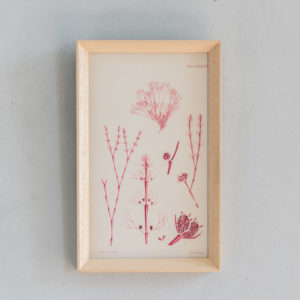
British Seaweeds, by S.O. Gray published c1870,
£75 each -
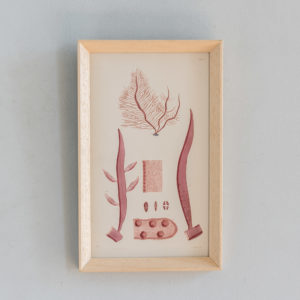
British Seaweeds, by S.O. Gray published c1870,
£75 each -
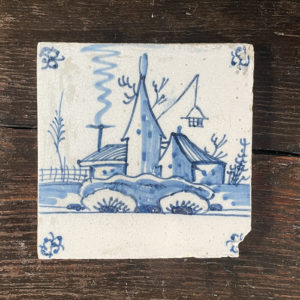
A hand painted delft tile
£55A hand painted delft tile
blue and white tin glazed painted with a rural scene, slight losses commensurate with age,£55 -
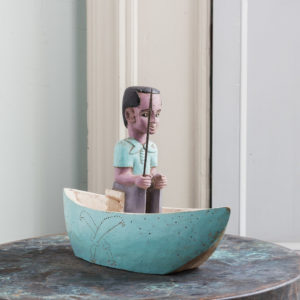
Baoulé Colon figure in a boat,
£50Baoulé Colon figure in a boat,
African colon figures originated among the Ivory Coast’s Baoulé tribe as an often satirical artistic response to colonisation and European influence. The hand-carved wooden statues commonly depict a Europeanised African middle class, or stereotypical attributes of European design - official uniforms, suits, tobacco pipes, distinct hairstyles and hats. The Baoulé waged one of the longest wars of resistance against French colonisation, and the colon style would achieve international popularity following the second World War. The figure depicts a settler travelling sturdily by canoe boat, the two pieces are not attached. Crossed-sword decorative marking motif may have symbolised a readiness to fight evil.£50 -
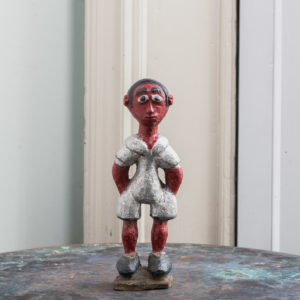
Baoulé Colon figure,
£50Baoulé Colon figure,
African colon figures originated among the Ivory Coast’s Baoulé tribe as an often satirical artistic response to colonisation and European influence. The hand-carved wooden statues commonly depict a Europeanised African middle class, or stereotypical attributes of European design - official uniforms, suits, tobacco pipes, distinct hairstyles and hats. The Baoulé waged one of the longest wars of resistance against French colonisation, and the colon style would achieve international popularity following the second World War. The figure’s clothing style and pigmentation symbolises a distinct sense of European modernity, whereby fashion and status were key symbols.£50 -
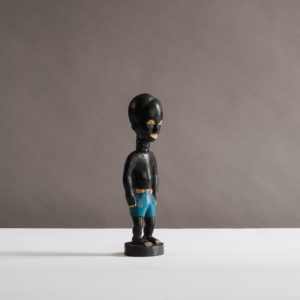
Baoulé Colon figure,
£50Baoulé Colon figure,
African colon figures originated among the Ivory Coast’s Baoulé tribe as an often satirical artistic response to colonisation and European influence. The hand-carved wooden statues involve at least three craftsmen: the sculptor, the sander, and the painter. They commonly depict a Europeanised African middle class, or stereotypical attributes of European design - official uniforms, suits, tobacco pipes, distinct hairstyles and hats. The Baoulé waged one of the longest wars of resistance against French colonisation, and the colon style would achieve international popularity following the second World War. The male figure stands slumped slightly forward, wearing nothing but a pair of brightly coloured blue shorts and belt. European missionaries would encourage African people to ‘cover up’ in order to instil concepts of puritanism and purdor.£50 -
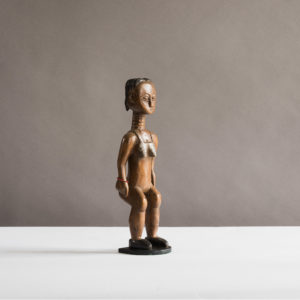
Baule Colon figure,
£50Baule Colon figure,
African colon figures originated among the Ivory Coast’s Baoulé tribe as an often satirical artistic response to colonisation and European influence. The Baoulé waged one of the longest wars of resistance against French colonisation, and the colon style would achieve international popularity following the second World War. Their hand-carved wooden statues commonly depict a Europeanised African middle class, or stereotypical attributes of European design - official uniforms, suits, tobacco pipes, distinct hairstyles and hats. The female figure wears a Europeanised hairstyle, her breasts hidden by a bikini-style top. European missionaries would encourage African people to ‘cover up’ in order to instil concepts of puritanism and purdor.£50
Featured Items
-
No records found
